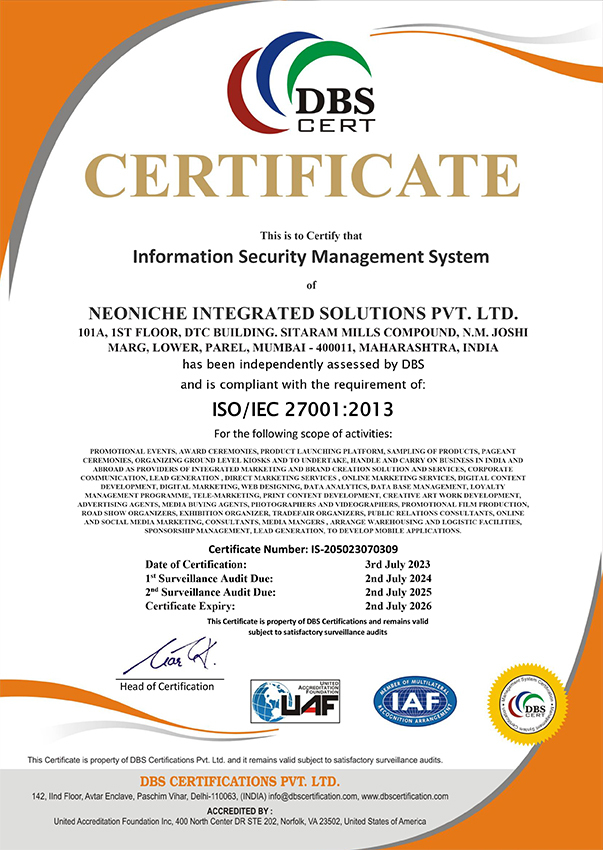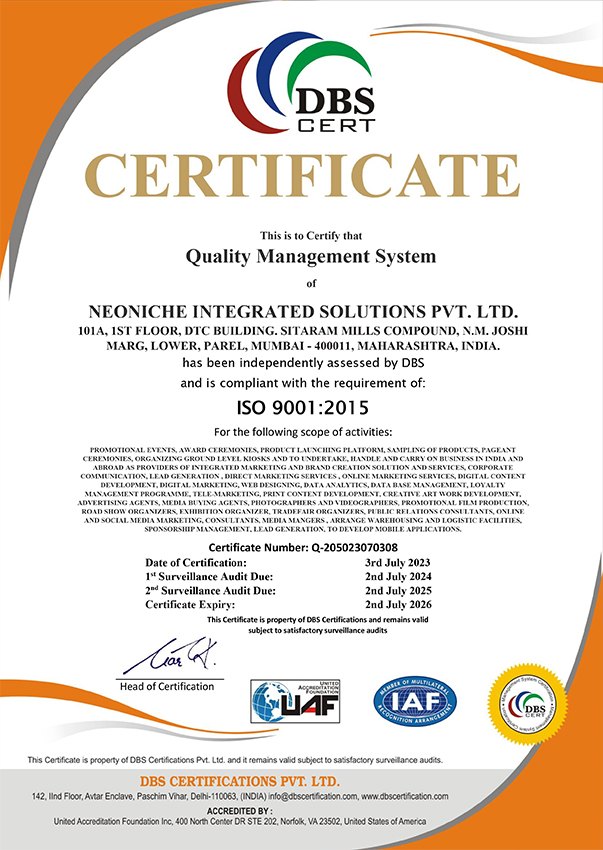Logging in with personal details on any open source platform at an event is still not very warmly received due to certain demographic and technical challenges. Part of the reason is that people do not completely trust the technology you may have used or how secure it is. ‘Data plagiarism’ is not a term we are unfamiliar with but there are many resources which can help us avoid it to make attendees feel more secure while sharing their personal information.
The EU General Data Protection Regulation (GDPR) is the most important change in data privacy regulation in 20 years. GDPR came into full effect on 25 May 2018. The purpose of the policy was to ensure that all companies handle data through secure and transparent methods. GDPR has introduced many rules on securing data via the internet and while it is not something we are unaware of, it tends to gets side-lined on the list of priorities.
Although recent events and trends have seen organisations focussing a lot on data security at events, there’s still a large number untouched with the advanced agenda of it. While we continue to find ways of innovating with new forms of technology and new ways of applying them at our next event, going through the checklist of internet security will strengthen event security and will be received with smiling faces at your next event.
Event organisers must take a pre-emptive steps towards enhancing security by tracking every asset used during the course of the event.
Hardware:
- Wi-Fi for real time communication
- Labels such as barcode, RFID and RFID metal tag
- Printers for barcode and RFID labels
- Mobile computer for capturing of data
Software:
- Integration with SAP/Oracle/ERP/Legacy system
- Web-based system or handheld application:
- Role-based Access Control
- Asset Information Management
- Tag Association
- Location Information Management
- Check-In & out, relocation, stock take and disposal
- Asset movement history, warranty & maintenance management, and tag printing and encoding
- Report and analysis
Asset tracking in general has been witnessing many welcome receivers across the globe and as we move towards a more secure technological and data transactions in our events, it becomes imperative to look out through the threats and act with reliable and latest measures to avoid them.


